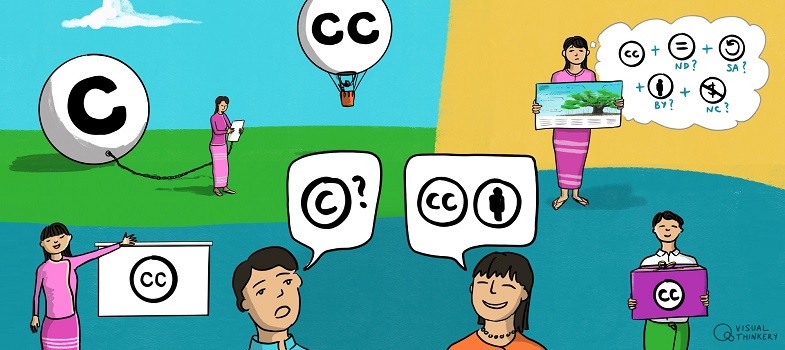Introduction
Given that most of us are not lawyers, what do we need to know about the legalities in order to use Creative Commons licences properly?
Creative Commons’ legal tools were designed to be as accessible to everyone as possible while still being legally robust. CC’s founders made several design decisions that make these legal tools relatively easy to use and understand.
As we saw in Unit 1, copyright operates by default under an ‘all rights reserved’ approach. Creative Commons licences function within copyright law, but they utilise a ‘some rights reserved’ approach. While there are several different CC licence options, all of them grant the public permission to use the works under certain standardised conditions. The licences grant those permissions for as long as the underlying copyright lasts or until you violate the licence terms. This is what we mean when we say CC licences work on top of copyright, not instead of copyright.
The licences were designed to be a free, voluntary solution for creators who want to grant the public up-front permissions to use their works. Although they are legally enforceable tools, they were designed in a way that was intended to make them accessible to non-lawyers.
3.1 Licence design and terminology
